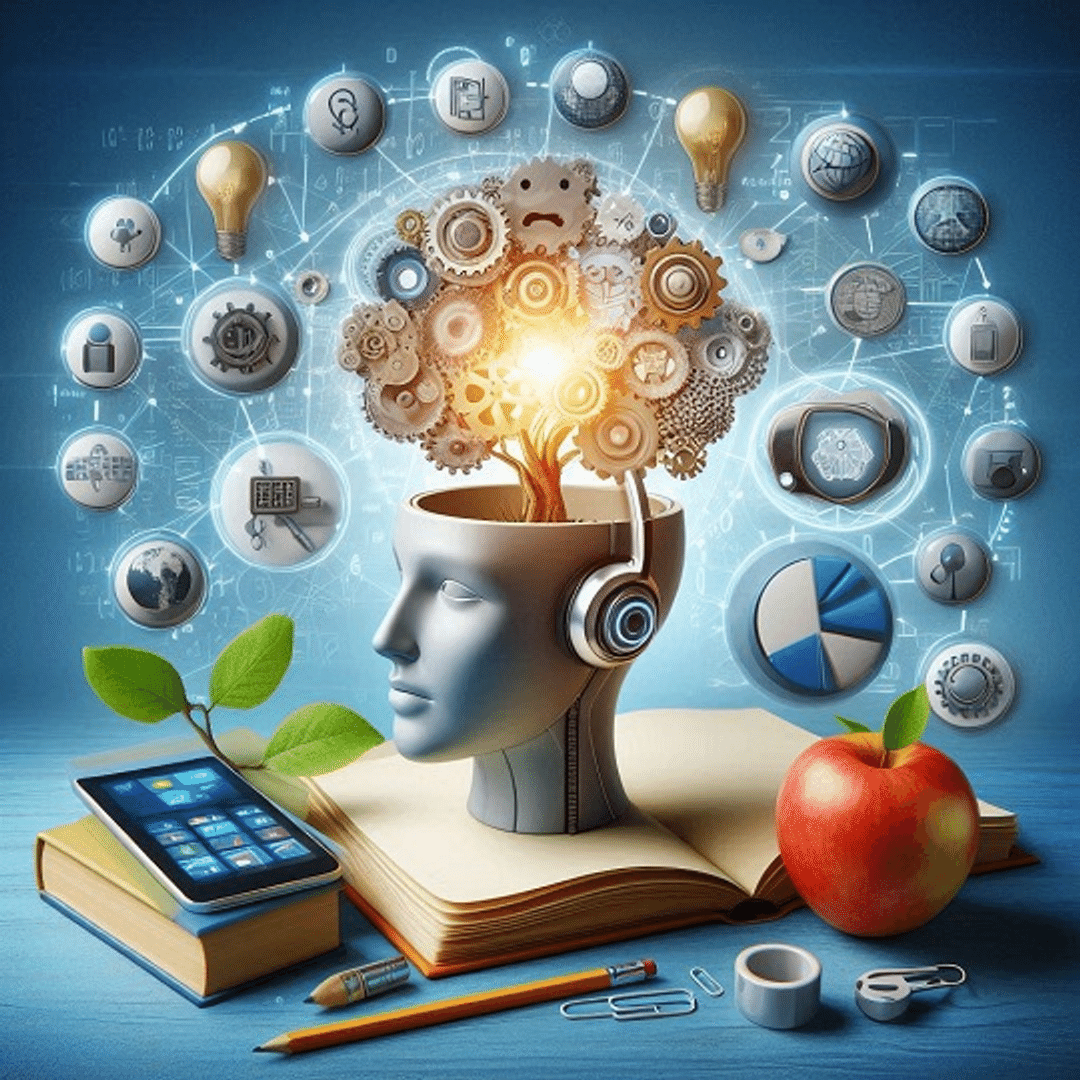The digital age is fundamentally changing how we learn and teach. Learning is no longer confined to blackboards and textbooks.Digital educational toolsare reshaping education to be more creative, personalized, and accessible. This article will comprehensively examine what digital educational tools are, the latest trends and advantages, successful use cases, and future prospects. Let's explore together how digital technology is driving learning innovation.

Digital Education Tools and Learning Innovation
1. What are Digital Educational Tools?
Digital educational tools refer to various technologies and platforms that help learners and teachers achieve better results in the learning process. Some representative examples are as follows:
- AI-based learning platforms
Artificial intelligence analyzes data to provide content tailored to the learner's level and learning style. For example, Duolingosupports language learning through personalized feedback and practice assignments. - VR/AR technology
Virtual Reality (VR) and Augmented Reality (AR) provide immersive learning experiences and help learners understand complex topics more intuitively. For example, students can experience historical events through VR or conduct virtual science experiments. - Learning Management System (LMS)
Platforms like Google Classroomor Microsoft Teamsstrengthen communication between teachers and students and simplify the management of learning materials and the submission of assignments.
2. Advantages of Digital Educational Tools
1. Personalized Learning Experience
Digital tools provide content tailored to the learner's pace and interests, creating an effective learning environment.
2. Improved Learning Accessibility
Anyone can learn anytime, anywhere, as long as they have internet access. This is particularly helpful for students in remote areas.
3. Efficient Feedback and Assessment
It analyzes learning progress in real time and provides immediate feedback to maximize learning effectiveness.
4. Motivation for Learning
It uses gamification elements to make learning interesting and fun. This encourages learners to participate more actively.
3. Latest Trends in Digital Educational Tools
Digital educational tools are constantly evolving and showing exciting trends such as:
- AI and Machine Learning Utilization
Analyzes learning data to suggest customized learning paths and identify areas that need review. - Expansion of VR and AR Technology
Immersive environments vividly deliver educational content, and learners can more easily understand complex concepts. - Blockchain Technology Adoption
Technology that securely manages learning history and certifications, increasing the reliability of learning. - Lifelong Learning Platforms
With the increase in learning tools for professionals and adults, learning transcends specific ages and continues throughout life.
4. Success Stories
1. Finland's Digital Learning Innovation
Finland is creating immersive learning environments through AR/VR technology to enhance students' comprehension and engagement.
2. Khan Academy
It provides high-quality learning content for free, opening educational opportunities for millions of learners worldwide.
3. Smart Schools in South Korea
Actively adopting tablets and AI technology, it has digitized educational materials and maximized learning efficiency.
5. Limitations of Digital Educational Tools and Solutions
- Internet Access Issues
Solution: Expanding network infrastructure globally and developing learning tools usable offline are necessary. - Digital Divide
Solution: Technology education and support programs should be provided to help teachers and students easily learn new tools. - Data Security Issues
Solution: Building strong encryption technology and data protection systems can prevent personal information breaches.
6. The Future of Digital Educational Tools
How will digital technology change the future of education? Let's look at some key prospects:
- Completely Personalized Learning
AI and data will provide customized content and learning environments that learners need. - Activation of Global Collaboration
Learners and teachers around the world can collaborate to create knowledge and solve problems. - Lifelong Learning Support
Digital tools provide continuous learning opportunities for all ages, breaking down the boundaries of learning.
Conclusion
Digital educational tools are redefining the essence of education beyond simple technological adoption. This allows students to enjoy personalized learning experiences and teachers to build efficient educational environments. These changes will contribute to increasing the accessibility of education and creating a world where all learners can benefit from lifelong learning.

Comments0